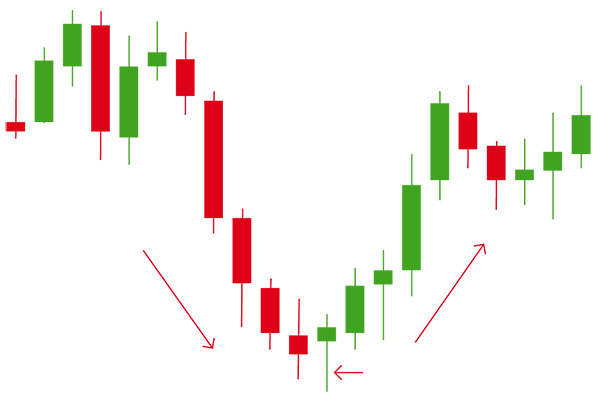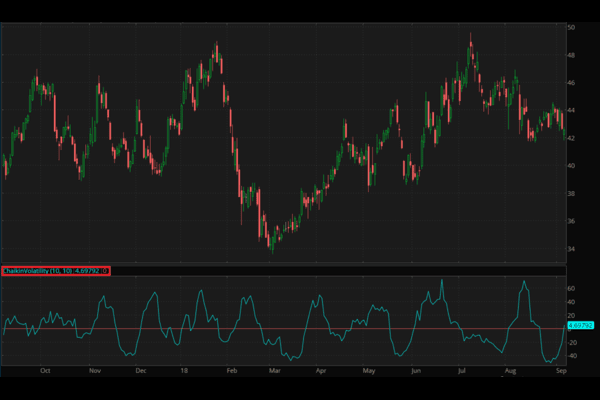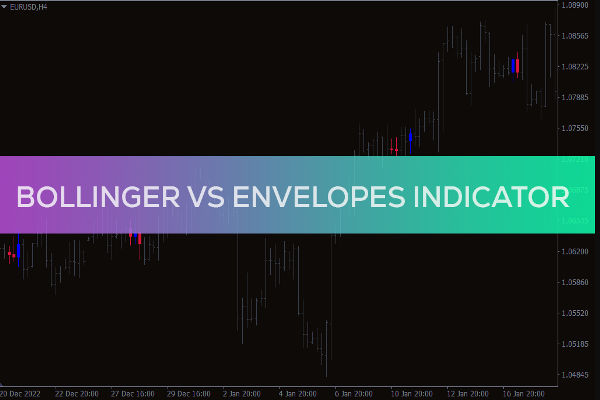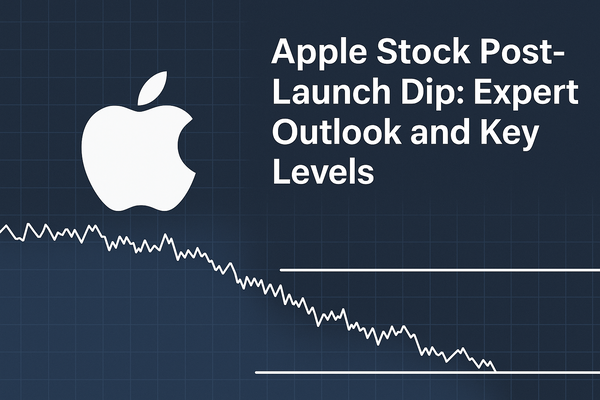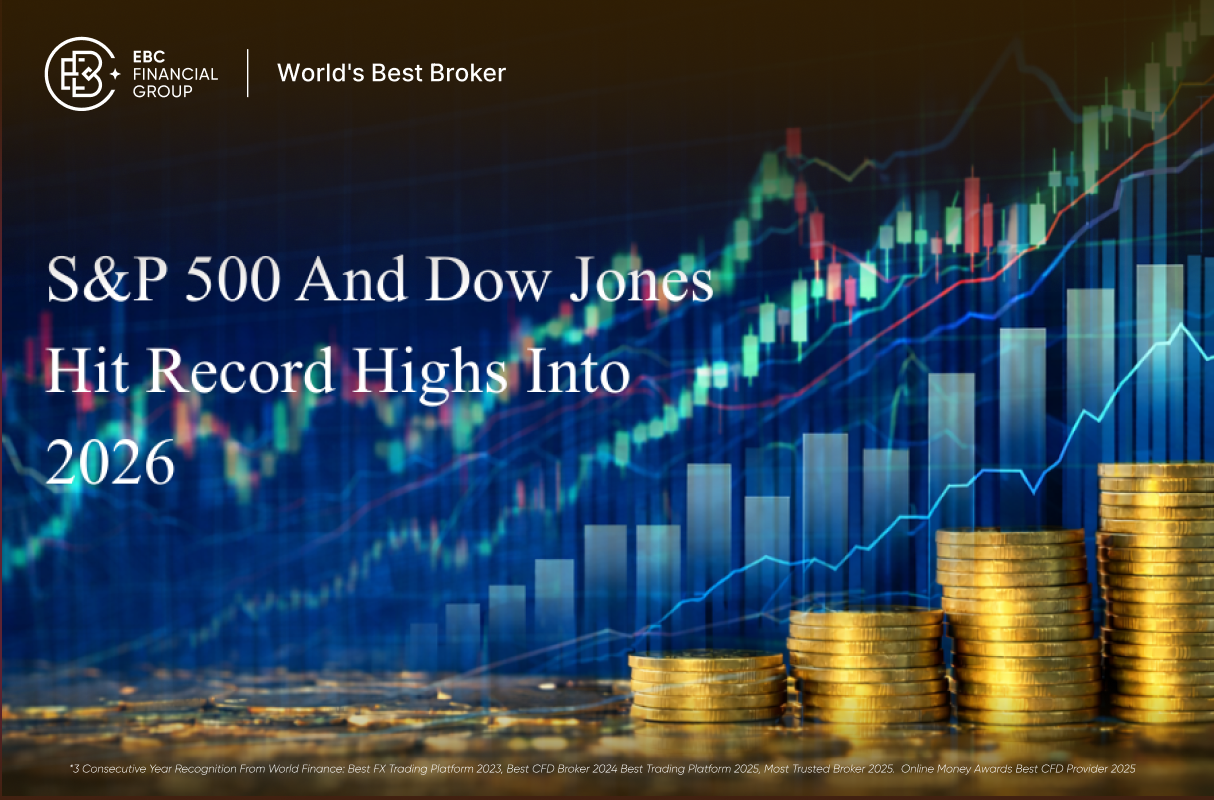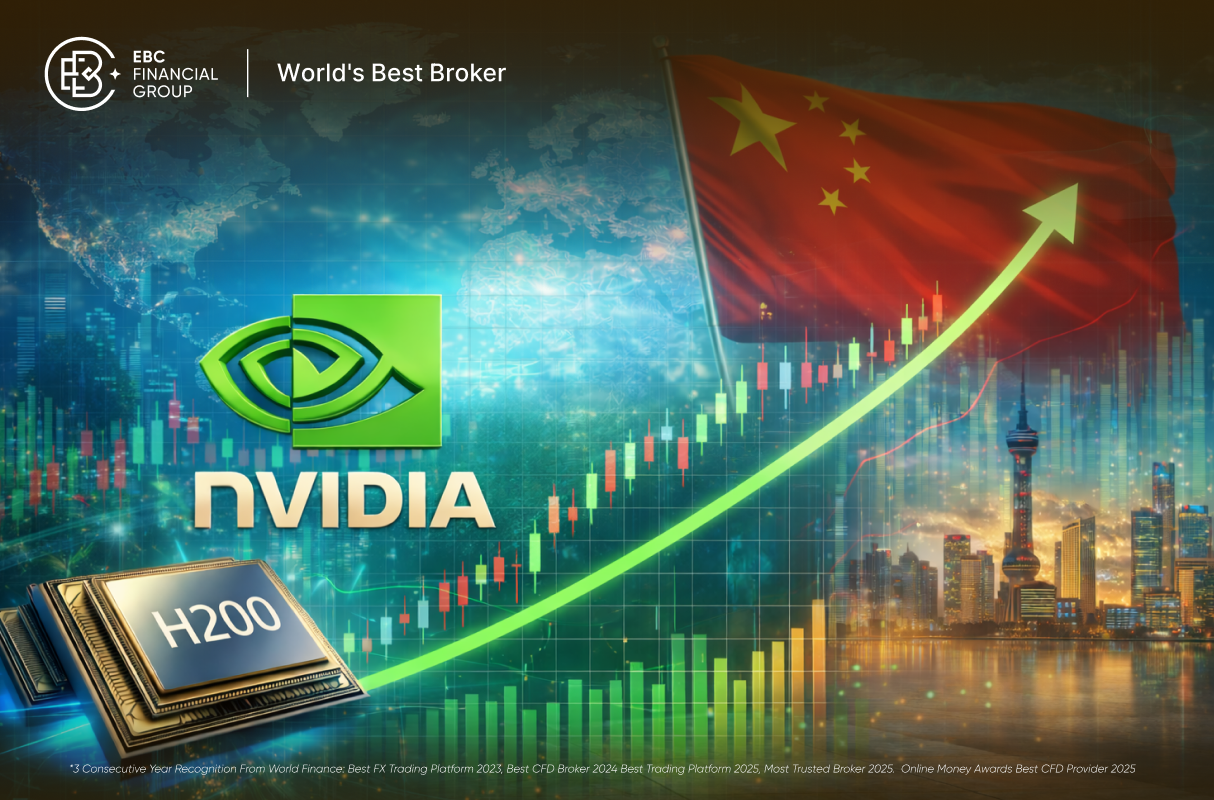I wonder if investors have ever heard of range-trading, which is a rather
interesting financial strategy that is also nicknamed Grid Trading or fishnet
strategy. Unlike many other stock trading methods, range trading does not
require studying market trends but focuses on the rise and fall of prices within
a specific range. The flexibility of this strategy makes it suitable for a
variety of market situations; whether the market is crazy up, down, or sideways,
there are opportunities to profit from it. Next, we'll delve into the principles
of range-trading, as well as its advantages and challenges, and look at some
practical ways to do it.
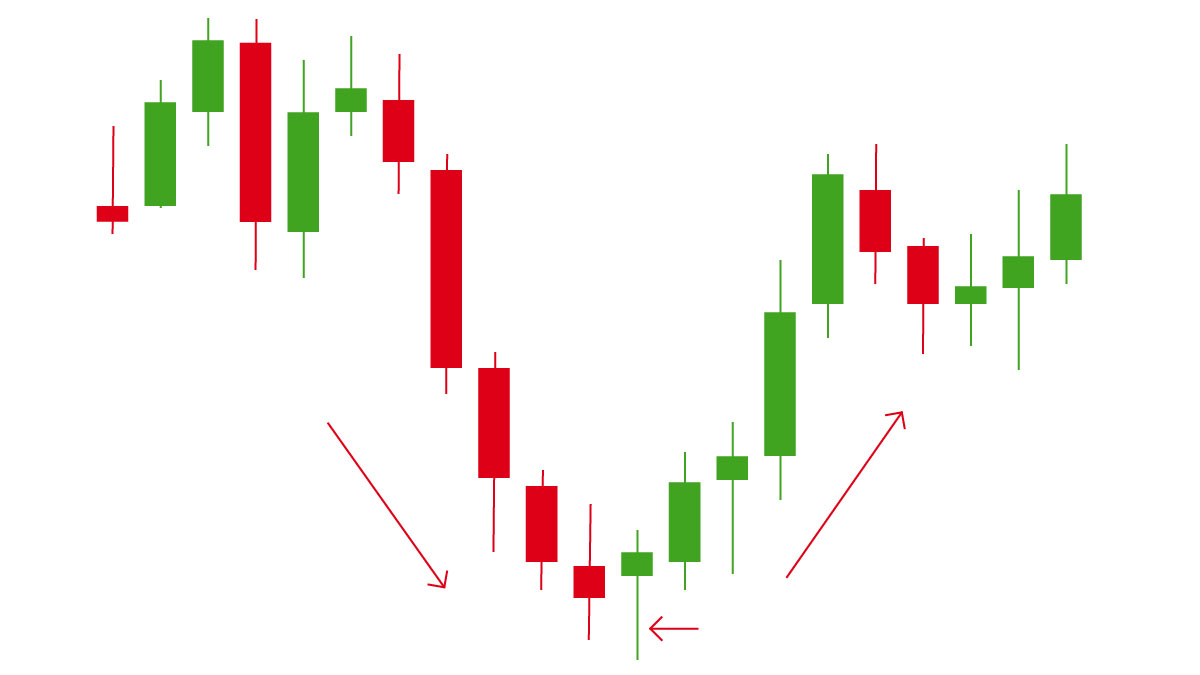
The implications of range trading:
Range trading is a financial term, also known as grid trading or fishnet
trading strategy, often used to describe a specific trading strategy that
involves buying or selling an asset, such as a stock, foreign exchange,
commodity, or other financial instrument, with the expectation that the price
will fluctuate within a specific price range. This strategy aims to profit from
the price of an asset moving within a certain range of minutes, hours, days, or
even longer periods of time, depending on the trader's preferences and market
conditions. In range-bound trading, traders try to buy low prices and sell high
prices in order to make small but frequent profits, rather than relying on the
trend direction of prices.
In range-bound trading, traders usually set a ceiling and a floor price,
which constitute the so-called "trading range". They will buy or sell when the
asset price reaches this range. When the asset price reaches the upper limit,
traders may sell, and when the price falls to the lower limit, they may buy.
This process is repeated as the price moves within this particular range in the
expectation of profiting from the price movements.
To better understand range trading, let's take an example. Suppose a stock
trader notices that the price of a certain stock has been fluctuating between
$50 and $60 over the past few weeks. He decided to use this price range for
range-trading. He set a floor price of $50 and a ceiling price of $60. When the
price drops to $50, he buys the stock, and when the price rises to $60, he
sells. If the stock price moves within this range, he will repeat the process
over and over again in the hope of making a profit from the price
fluctuations.
A key advantage of range-bound trading is that it does not depend on the
direction of market trends. This means that whether the market is up, down, or
sideways, traders have the opportunity to profit.
Advantages of range-bound trading:
-
Wide applicability
Range-trading is applicable to a variety of markets, including stocks, forex,
commodities, and cryptocurrencies, which gives traders the flexibility to apply
this strategy across multiple markets.
-
Reduce risk
Range trading usually involves trading within a price range, which helps
reduce risk and allows traders to more easily set stop and profit points,
reducing the risk of loss.
-
More stable returns
Range trading can provide relatively stable returns because it does not
depend on the direction of the market trend but focuses on the oscillation of
the price range.
-
Frequent trading
Range trading allows traders to make frequent trades because it relies on
short-term fluctuations. This can provide traders with more opportunities to
make profits.
-
Easier to implement
Range-bound trading typically involves the use of technical analysis tools to
determine support and resistance levels, which are relatively easy to understand
and apply.
-
Reduce emotional impact
The regular and mechanical nature of range-trading strategies can help reduce
emotion-driven trading decisions and reduce anxiety and decision errors in
trading.
Disadvantages of range-bound trading:
-
Limited profit potential
Range-bound trading usually involves small price movements, so the potential
profits are also relatively small. This may require more capital and more
trading opportunities to achieve decent returns.
-
Fierce competition
Range trading is a relatively popular trading strategy, so there are many
other traders in the market, which can lead to intense competition and affect
profit potential.
-
Technical analysis skills are required
Successful range trading requires skilled technical analysis skills to
determine support and resistance levels and make informed trading decisions.
-
May be disturbed by market noise
When prices move within a range, they can be affected by short-term market
noise, resulting in inaccurate Trading signals. Traders must learn to filter out
the noise to identify effective trading opportunities.
-
Frequent trading may be required
Range trading may require frequent buying and selling operations, which can
increase trading costs, especially in a high-frequency trading environment.
-
Emotional factor
Range trading requires discipline and emotional control, as frequent trading
can lead to anxiety and poor decision-making. Traders need to stay calm and
focused.
In range trading, there are many different strategies that can be employed in
order to make a profit within a specific price range.
Here are some common range trading strategies:
-
Support and resistance strategies
This is one of the most common range-trading strategies. Traders use
technical analysis tools such as trend lines, moving averages, and volatility
indicators to determine support and resistance levels for prices. They will buy
when the price approaches support and sell when it approaches resistance.
-
Moving Average strategy
This strategy involves using moving averages of different maturities, such as
the simple moving average (SMA) or the exponential moving average (EMA). Traders
watch the crossing between two or more averages to determine buy and sell
signals.
-
Bollinger belt strategy
A Bollinger band is a volatility indicator that includes an intermediate band
and two standard deviation channels. Traders use the Bollinger band to identify
high and low price ranges. When the price hits an upward trajectory, they may
sell, and when the price hits a downward trajectory, they may buy.
-
Volatility strategy
This strategy takes advantage of the perception of market volatility. Traders
observe the historical volatility of prices and then trade according to the
periodicity of the volatility. This can include setting stop-loss and profit
levels based on ATR (average true range) indicators.
-
RSI strategy
The relative strength indicator (RSI) is a momentum indicator commonly used
in range-trading. When the RSI is above 70, it indicates that the market is
overbought and may be a sell signal. When the RSI is below 30, it indicates that
the market is oversold and may be a buy signal.
-
Channel strategy
The channel strategy uses the upper and lower limits of the price channel to
execute trades. The trader's buy price hits the channel floor, and the sell
price hits the channel ceiling.
-
K-line graphics strategy
Traders observe K-line graphics such as head-and-shoulders tops, double tops,
double bottoms, etc., to predict the likelihood of a price reversal. They may
take corresponding trading actions after the graphic appears.
-
Trend Line crossover strategy
This strategy involves using trend lines to
capture reversals in price trends. Traders observe the intersection of trend
lines and execute a buy or sell operation when a cross signal appears.
Range trading is a trading strategy suitable for the pursuit of small but
frequent profits. Although it has some obvious advantages, including risk
management and being suitable for a variety of markets, traders also need to be
aware of its potential disadvantages, such as small profits and market noise.
Choosing a range trading strategy that is appropriate for you and having
sufficient practice and discipline will help improve your chances of success in
this area. Above all, traders should always remain calm and emotionally
controlled in order to make informed decisions.
Disclaimer: This material is for general information purposes only and is not intended as (and should not be considered to be) financial, investment or other advice on which reliance should be placed. No opinion given in the material constitutes a recommendation by EBC or the author that any particular investment, security, transaction or investment strategy is suitable for any specific person.
